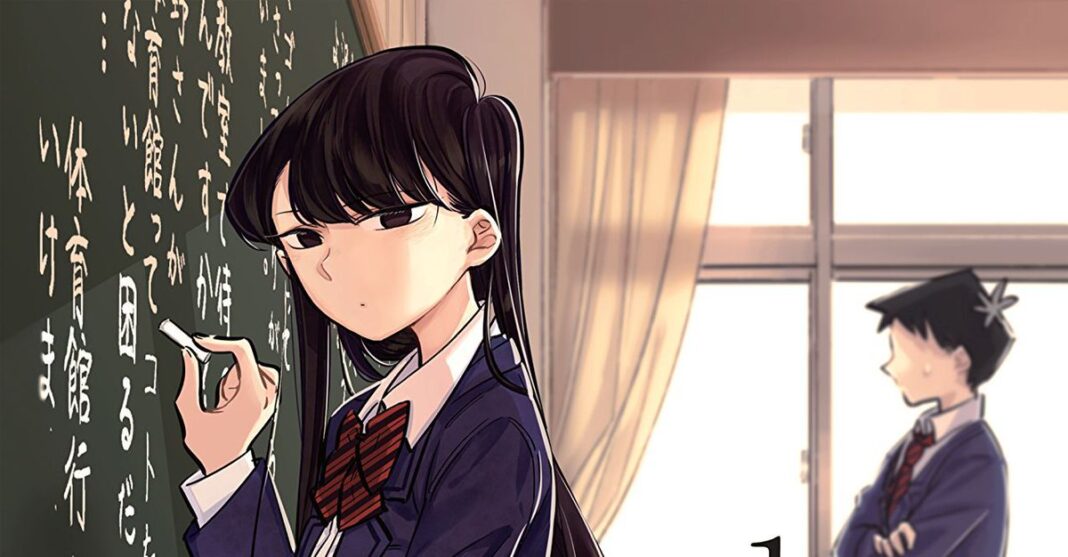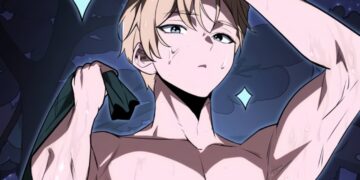Tomohito Oda’s manga series Komi Can’t Communicate, also known as Komi-san wa, Komyush Desu, is a Japanese manga written and illustrated by him. We’ll discuss 10 reasons why you should watch Komi Can’t Communicate. Since May 2016, it has been serialized in Shogakukan’s shonen manga magazine Weekly Shonen Sunday, with twenty-five tankbon volumes collected as of April 2022. The second season premiered. Netflix has a worldwide streaming license for the anime series.
Komi is an Itan High School student who struggles to communicate with others. She suffers from a “communication issue.” To assist her in achieving her goal of making 100 friends, Tadao, her first buddy at school, agreed to assist her in the endeavor.
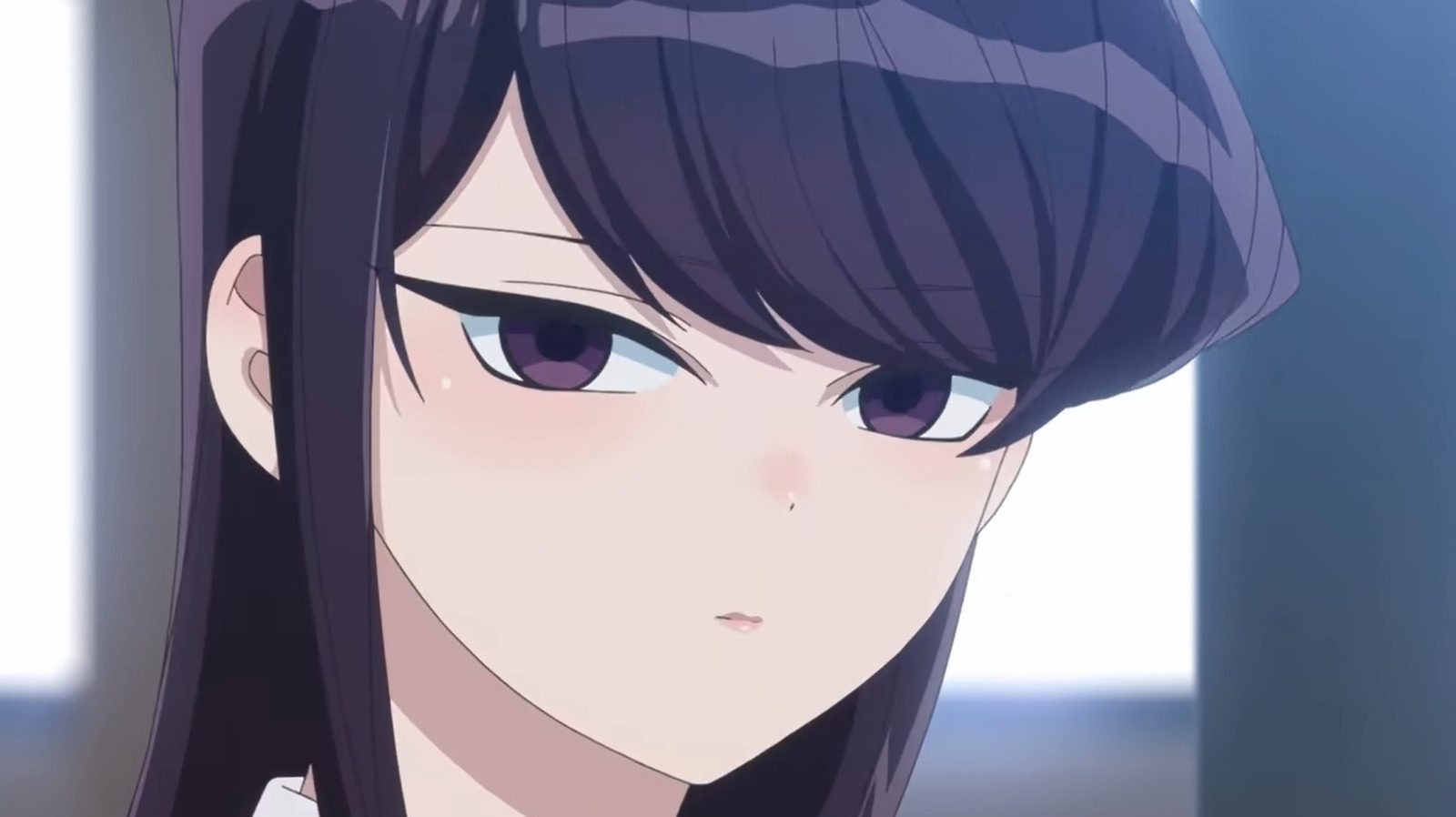
10 Reasons Why You Should Watch Komi Can’t Communicate
This anime is a joy to see for anyone who has difficulty communicating with others, as it will undoubtedly provide some ideas on how to do so. The fact that Komi Can’t Communicate has a communication difficulty isn’t the sole reason to watch it. The first reason why people are crazy about Komi is that she is a very attention-grabbing character in this anime.
1. Komi’s Eyes
Her eyes are usually one of the most captivating features of her, but as they grow larger, they become much more so. She becomes ten times cuter. It is a proven fact. Whenever a scene starring them appears, viewers chuckle because of the design of her eyes. It truly helps people sympathize with Komi’s plight.
2. Animation
The animation is the cause for the positive response to this anime. This is a genuine article. The animation is what attracts the audience’s interest, even though the tale is simple and depicts a real-world problem. This anime is one of the greatest this fall season because of its outstanding animation.
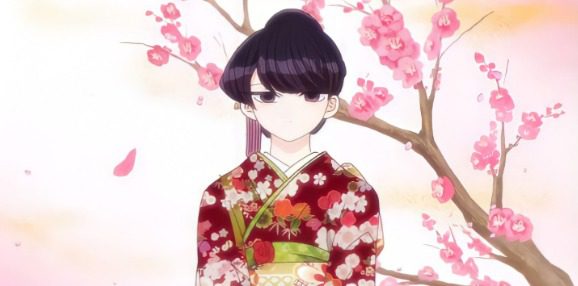
3. Soundtrack
Soundtracks are a component of this virtual entertainment world that continues to live on in the hearts of viewers even after a show has been shown for years.
Komi Can’t Communicate follows in the same footsteps. This show combines music with Komi’s embarrassing situations where her nerves get the best of her.
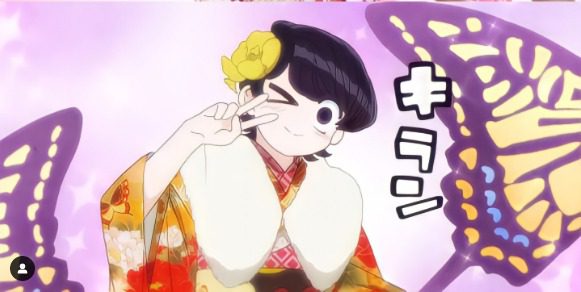
4. Opening and Ending
The opening and ending songs, along with the beautiful animation, create an atmosphere of happy moments that will make you fall in love with this anime.
5. Komi Can’t Communicating, Liberalizing the Anime Community
Although there are certainly significant differences between the shonen and shojo genres, male and female fans are not required to stick to their preferred fiction genres. Boys and females can both like shojo and shonen, and shows like Komi Can’t Communicate blur the boundaries a little.
Komi is a shonen manga, but it includes a lot of shojo aspects, such as the attractive Shoko Komi as the protagonist and the focus on friendships and sentiments rather than action-adventure. Every manga/anime enthusiast will find something to like here.
6. A co-star about whom everyone is nuts
The plain-Joe student Hitohito Tadano is the co-star of Komi Can’t Communicate, and he is unimpressive by design, doing little to stick out to audiences or the other characters. But that doesn’t mean he’s uninteresting or forgettable; in fact, his main advantage is that he’s ordinary. His strange and generic personality has sucked in a lot of fans. Hitohito functions as a control to balance out the wacky individuals around him, and because he isn’t distinctive or quirky in any way, a shy girl like Shoko Komi finds it simple to befriend him.
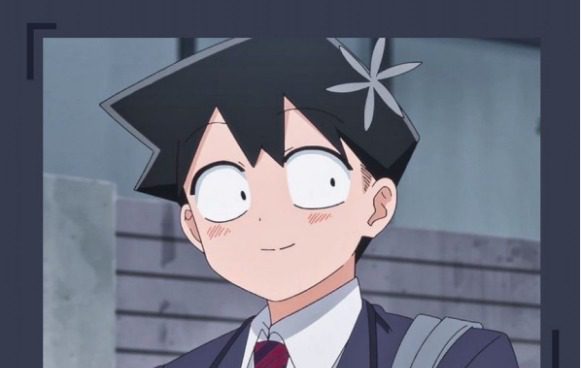
7. The Romance Is There, But It Isn’t Extensive
It’s usual for love elements to appear in slice-of-life and comedic anime series. Komi Can’t Communicate contains romantic overtones to a degree, although it pales in contrast to committed shojo and josei romances.
8. Komi Can’t Communicate’s Healthy F.R.I.E.N.D.Ships
While there is just a smidgeon of romance between Hitohito Tadano and Shoko Komi, the series compensates with a genuine and endearing friendship that raises the bar for male-female friendships in both fiction and real life. These two characters seem to be on the same page.
Many anime characters tease and urge a male-female friendship into becoming something much more, but Komi Can’t Communicate stays away from that. Hitohito and Shoko, on the other hand, are free to relax and grow their fledgling romance at their leisure.
9. Komi Can’t Communicate is Experimental About its Tropes
Himiko Agari is the stereotypical “shy library girl”. However, there is another library girl, Gorimi, a gigantic disciplinarian. Gorimi, unlike Himiko, will smack pupils on the temple for being rowdy in the library and expel them if they continue to be disruptive. This anime library girl is unlike any other.
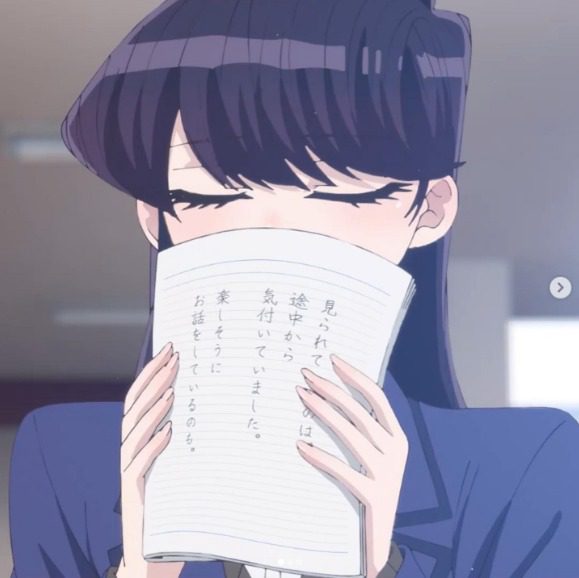
Cr: Crunchyroll
10. In Najimi Osana, Komi Can’t Communicate has respectable Homosexual representation.
The anime industry has a checkered record when it comes to Homosexual representation.
Shoko and Hitohito’s genderqueer classmate Najimi Osana is recognized for their lively demeanor and ultra-extroverted nature more than anything else. Najimi is queer, but that’s not all they’re known for, and that’s a good way to deal with LGBT characters. Komi’s treatment of this Homosexual character has a few flaws, but it’s far better than many other situations from previous anime shows.
Epilogue
You must watch Komi Can’t Communicate because this anime discusses many societal fears which are frequently disregarded. It also tackles a variety of stereotypical concerns, but wait, there’s more. You’ll feel like you’re on a roller coaster as the plot skyrockets with our very own komi san.
Also Read: Top 10 Best Characters From ‘Komi Can’t Communicate’

